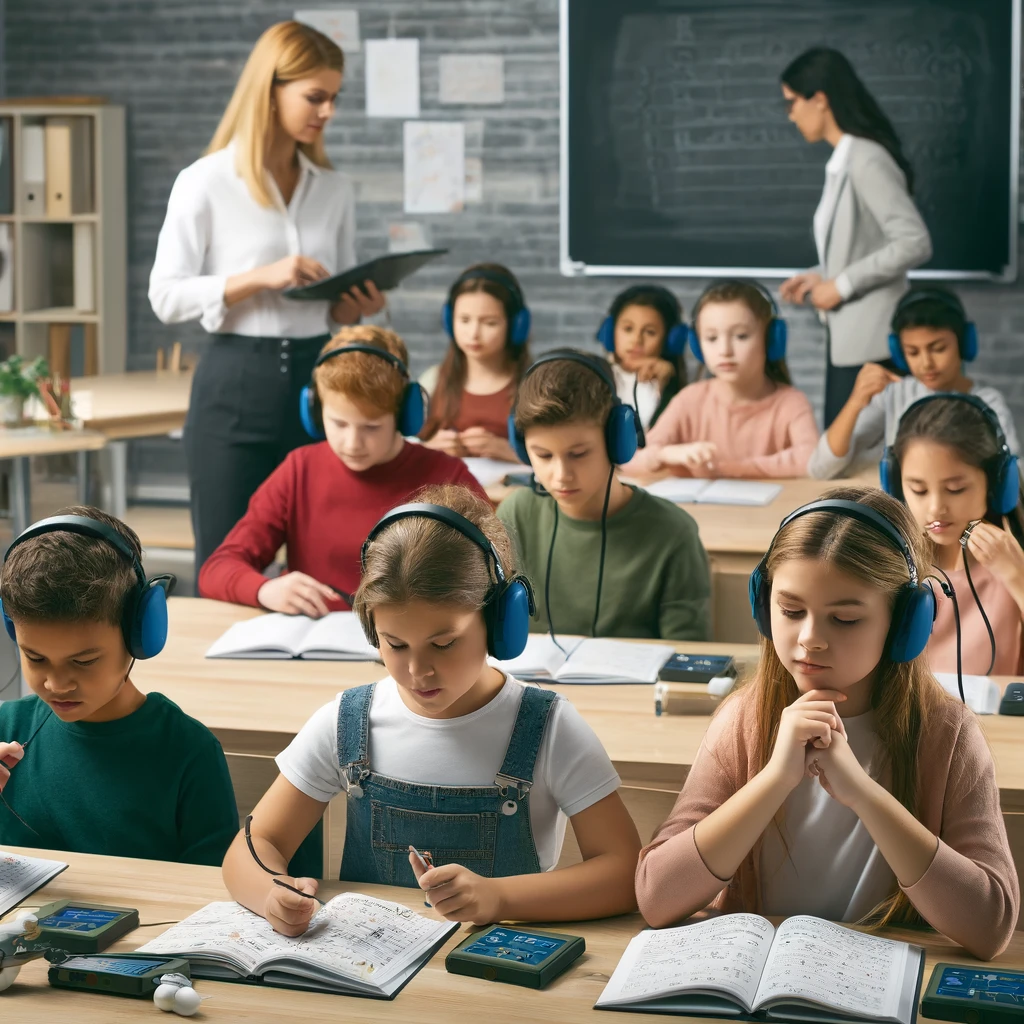In the dynamic and ever-evolving landscape of education, one of the pressing challenges is meeting the diverse needs of students, particularly those with special educational needs. The traditional classroom setting, with its reliance on written materials and standardised instruction, often inadvertently sidelines those who process information differently. Here, technology steps in as both a mediator and a catalyst for change, bringing forth tools that not only bridge gaps but also open new avenues for learning and communication.
Enter Sound Branch, an innovative application designed to transform the way educational instructions are delivered. This tool primarily uses spoken word to convey information, making it an invaluable asset for students who find written communication challenging, such as those with autism and other neurodivergent conditions.
Consider the scenario: a classroom where instructions for homework are not scribbled on a blackboard or handed out on sheets of paper but are instead spoken, directly accessible through students’ headphones or speakers. This method of delivery aligns perfectly with auditory learners and those who find visual cues overwhelming or distracting. By shifting the focus to auditory instructions, Sound Branch allows these students to engage with their tasks in a manner that suits their learning style best.
For teachers, the benefits of using an app like Sound Branch are manifold. Traditional teaching methods require the preparation of written materials, which can be time-consuming. By utilising an app that facilitates voice instructions, teachers cannot only save precious time but also ensure that their messages are clear and immediately accessible. This reduction in preparation time does not compromise the quality of instruction but rather enhances it by making it more inclusive and directly tailored to the needs of their students.
Moreover, some students struggle to access the curriculum through conventional means due to their specific educational needs. Sound Branch provides an alternative pathway for these students, enabling them to grasp and follow along with the curriculum at their own pace and in their own unique way. The spoken word, with its nuances of tone and emphasis, can make learning more intuitive for those who might find the rigidity of written text less engaging.
For parents, the app also offers a window into the educational processes their children are experiencing. By accessing the same instructions that their children receive, parents can better support their learning at home, reinforcing the auditory materials and ensuring that learning does not end at the school gates but continues in the home environment.
Thus, Sound Branch stands out not just as a tool for education but as a beacon of inclusivity, symbolising a broader movement towards an education system that acknowledges diverse learning needs and styles. It challenges the one-size-fits-all approach and replaces it with a model that values diversity, inclusivity, and accessibility. This is a step towards an educational future where every student has the opportunity to succeed and thrive on their own terms.
